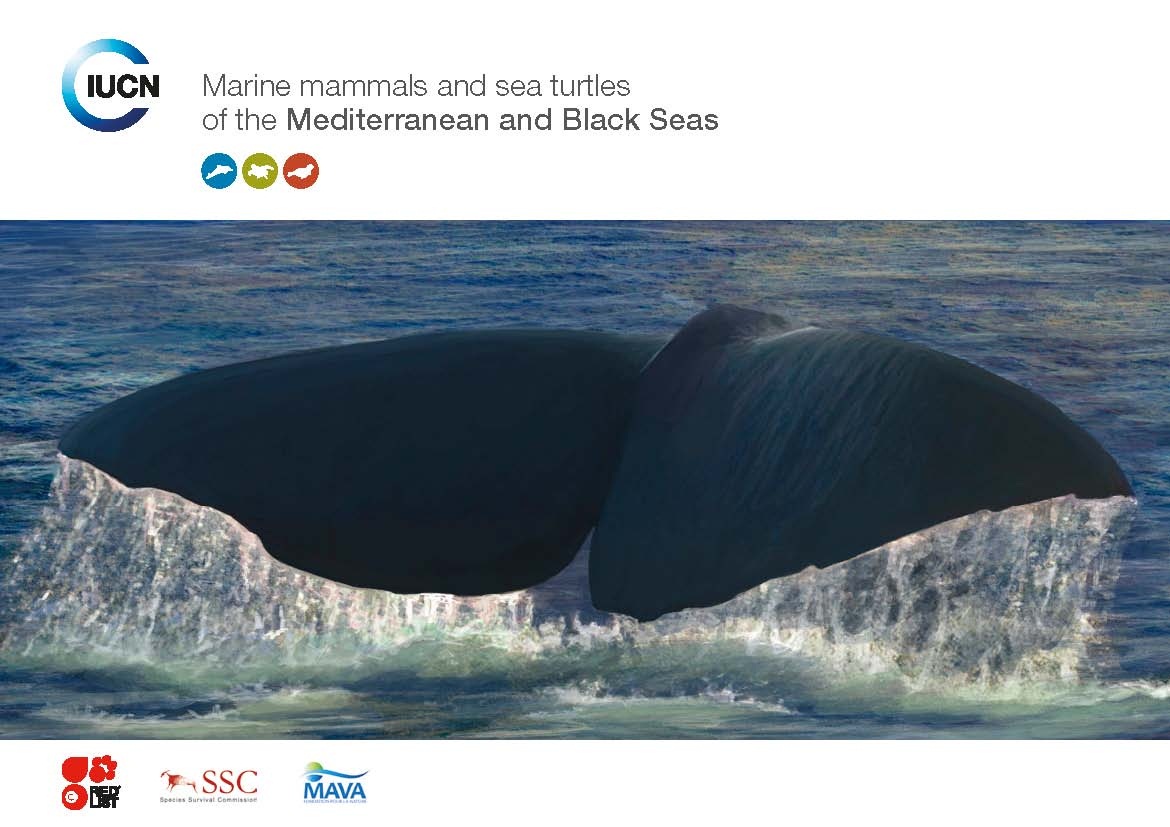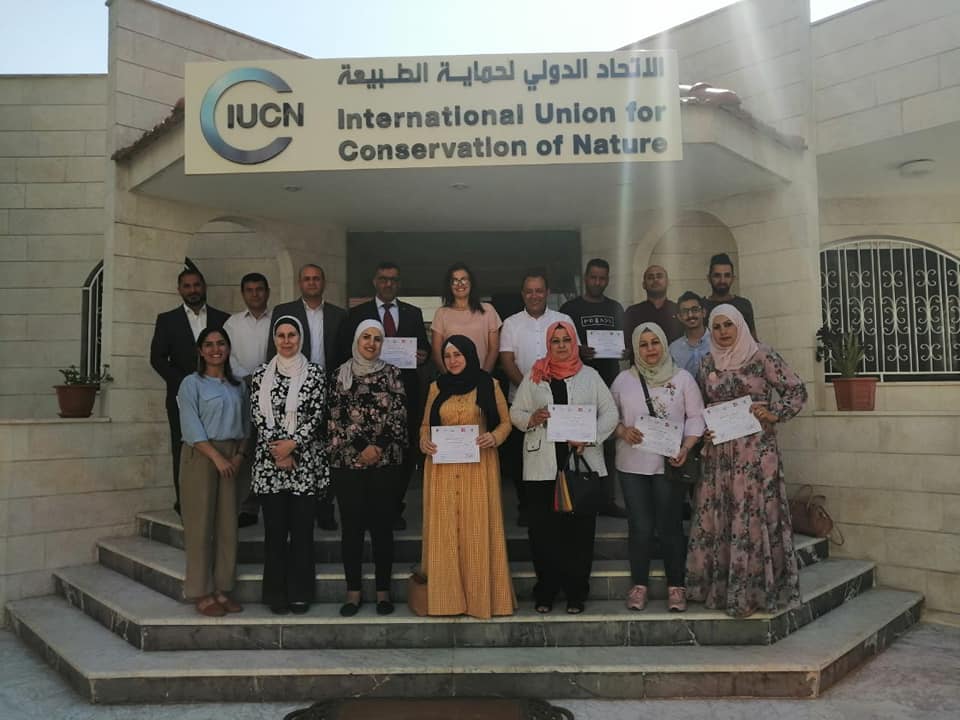Marine mammals and sea turtles of the Mediterranean and Black Seas
IUCN (2012). Marine Mammals and Sea Turtles of the Mediterranean and Black Seas. Gland, Switzerland and Malaga, Spain: IUCN. 32 pages

Photo: IUCN-Med
This booklet presents information on the conservation status of the marine mammals and sea turtles that inhabit the Mediterranean and Black Seas. Each species has previously been classified by IUCN at global level and here we present the first results of the regional assessment for those cetacean species resident in the Mediterranean Sea. It also focuses on the main threats that affect their survival and growth and makes recommendations to better preserve them. It presents brief details on resident species (those recorded all year round and breeding in the region), visitor species (scarcer but occurring regularly every year) and vagrant species (rare and unexpected ones that do not occur annually).
The information presented in this document is compiled from the Mediterranean Red List assessment of resident cetacean species first produced by a group of cetacean experts in Monaco in March 2006 and later updated in 2010. This work was carried out in collaboration with ACCOBAMS—the Agreement on the Conservation of Cetaceans of the Black Sea, Mediterranean Sea and Contiguous Atlantic Area—and the IUCN Cetacean Specialist Group. As a result of this work, a Red List Category has been assigned to each cetacean species.
This booklet also summarizes the current global status of visitor and vagrant cetaceans in the Mediterranean and the status of the endemic cetacean species in the Black Sea, the conservation status of the only Mediterranean seal species (from the most recent assessment in 2008; IUCN Pinniped Specialist Group), and the latest information available on marine turtles, published in 2010 (Casale and Margaritoulis). Basic information is still lacking for some species (e.g. Ziphius cavirostris) and the on-going data compilation will contribute to their future conservation assessment. Finally, a reference list is provided of the most important publications relating to this fauna and its conservation.



